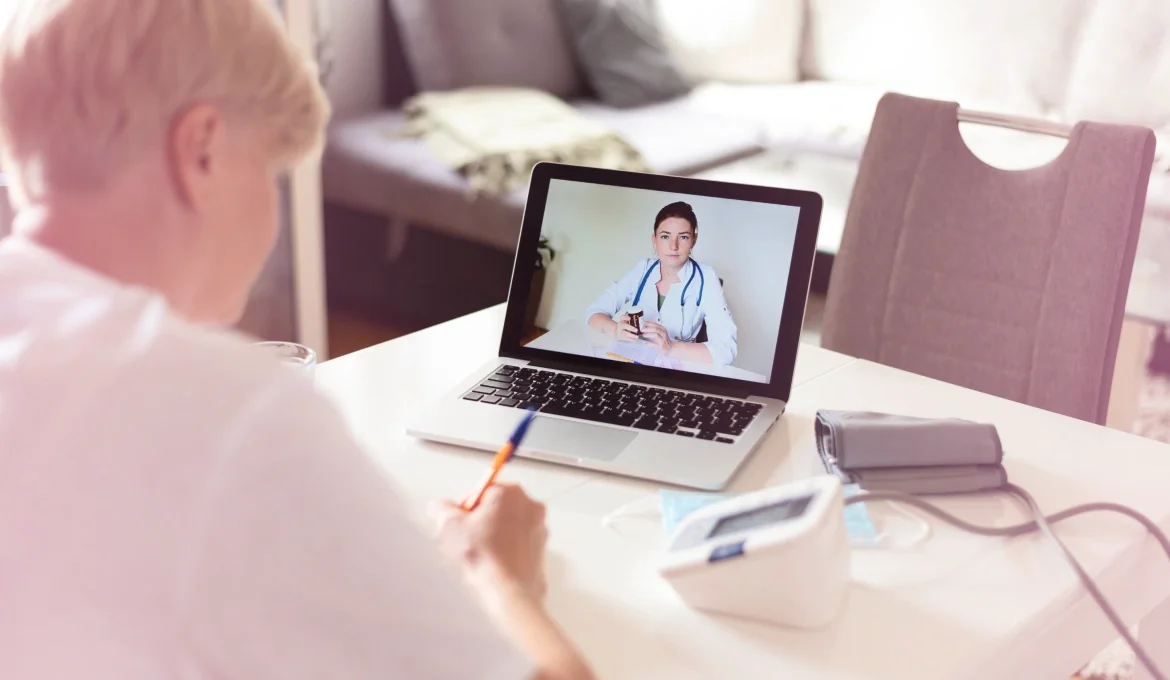Good telehealth can be a great way to access medical care in a timely manner and at an affordable cost, wherever you are in Australia and regardless of standard business hours. While most telehealth services screen patients before booking to determine whether they should see a GP or head to their nearest A&E, best practice in telehealth is not always followed. Guidelines are set out by the Australian Medical Board [1] and other medical bodies, such as the Royal Australian College of General Practitioners (RACGP) [2], also set out acceptable standards in clear guidelines.
If you’re wondering if your chosen telehealth provider follows recommended best practice, read on. For more detailed information, you can also check out MediCompare’s in-depth reviews of each provider.


